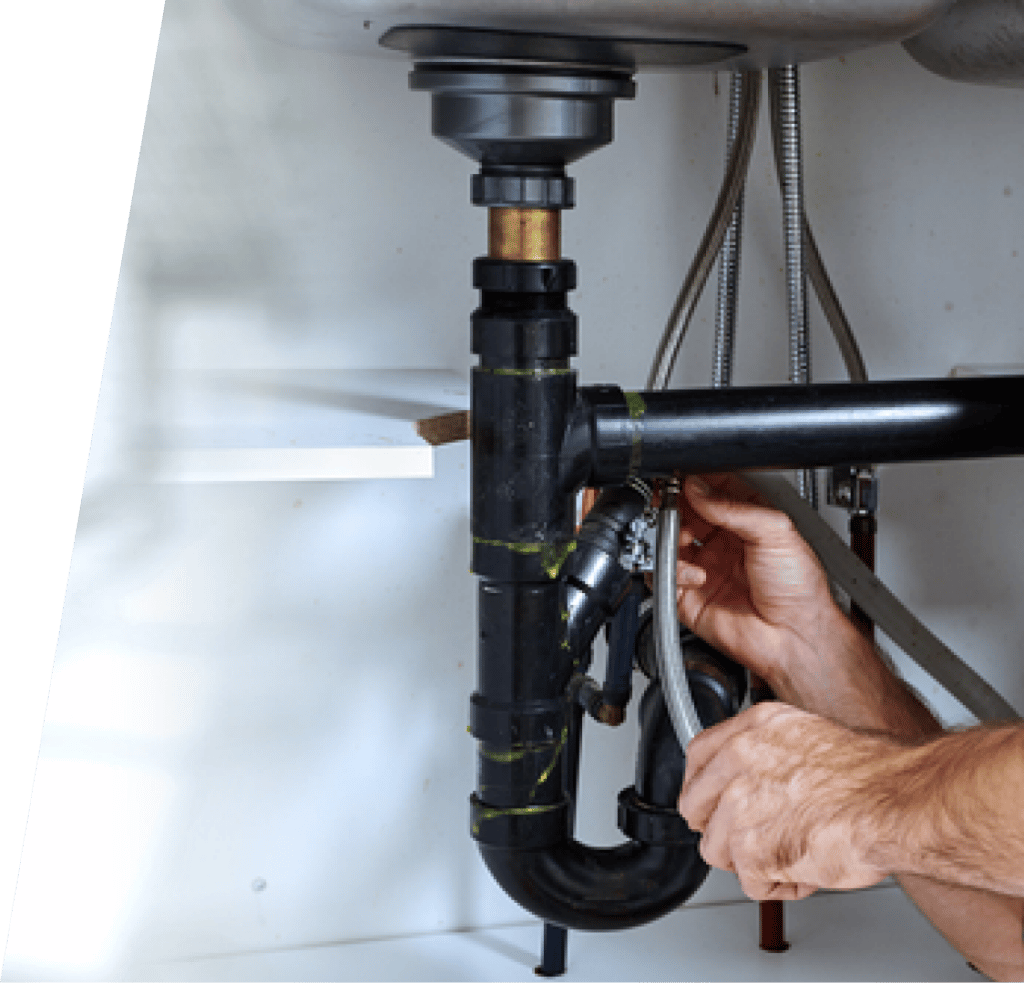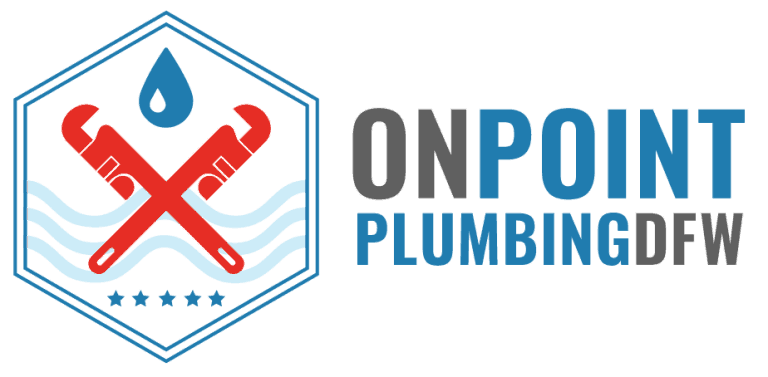Welcome to our blog post series on draining cleaning tips! In this series, we’ll cover various topics related to draining Cleaning, from advice on cleaning a drain properly to unblocking a drain. We hope you find this information helpful and that it helps you get the job done faster and with less effort.
Importance of Maintaining Clean Drains

Maintaining clean drains is important for several reasons:
- Health and hygiene: Clogged drains can be a breeding ground for bacteria and germs, leading to unpleasant odors and health hazards. By maintaining clean drains, you can help prevent harmful bacteria growth and ensure that your home or building is safe and hygienic.
- Proper functioning of plumbing: When drains become clogged, it can cause water to back up and lead to slow-draining sinks, tubs, and showers. Maintaining clean drains can prevent blockages and keep the plumbing in good working order.
- Cost savings: Clogged drains can lead to costly repairs and emergencies. By maintaining clean drains, you can save money by preventing expensive repairs and the need for
- Environmental benefits: Clogged drains can contribute to water pollution if not adequately addressed. When water cannot flow freely through the pipes, it can carry contaminants such as grease and chemicals into rivers and streams, negatively impacting the environment. Keeping drains clean helps to prevent this type of pollution.
Different Types of Drains
There are several different types of drains, each designed for specific purposes. Some of the most common types of drains include:
- Sink drains: These are found in the kitchen and bathrooms and are used to carry away water from sinks, toilets, and bathtubs.
- Floor drains are typically found in basements, garages, and other areas where water may collect on the floor.
- Shower and bathtub drain: These are designed to remove water from shower and bathtub areas.
- Roof drains: These are typically found on flat roofs and are used to remove water accumulated on the roof surface.
- Storm drains are typically found in streets, parking lots, and other areas prone to flooding. They are used to collect and remove rainwater and surface runoff.
- Sewer drains: These are used to transport wastewater from toilets, sinks, and other fixtures to a septic tank or municipal sewer system.
- Septic drains: These are used to transport wastewater from a septic tank to the drain field for filtration and distribution.
- Grease trap drains: These are typically found in commercial kitchens and are designed to trap grease and other oils from draining into the municipal sewer system,
By understanding the different types of drains and their specific functions, you can better maintain and care for them, and this will help prevent blockages and keep the drains flowing smoothly.
Valuable Tools for Draining Cleaning
- Plunger: A plunger is a simple yet effective tool for removing blockages close to the drain’s opening. It uses suction to loosen and remove the blockage.
- Drain snake: A drain snake is a long, flexible tool that can be inserted into the drain to remove blockages. It is used by turning the handle to feed the snake more profoundly into the pipe and then turning it the other way to loosen and extract the obstruction.
- Hydro jet: A hydro jet is a powerful tool that uses high-pressure water to clean the inside of pipes and remove blockages.
- Chemical cleaners: Specialized chemical cleaners are used to dissolve and remove blockages, but they should be used with caution as they could damage the pipe if not appropriately handled.
- Video camera inspection: A tiny camera is inserted into the drain to inspect and identify blockages, leaks, or any other issues in the pipe.
- Pipe cutter: This tool is used to cut and remove stubborn blockages in the pipes.
- Strainers: Strainers are small mesh screens that can be placed over drains to catch hair and other debris before entering the pipes.
- Hand drill: A hand-crank tool to access hard-to-reach blockages in tight spaces, such as toilets, sinks, and shower drains.
These are some standard tools that are used by professional plumbers and drain cleaning services to clean and unclog drains effectively. But it is important to note that not all devices are suitable for every situation, and it’s essential to use the right tool for the right job.
Drain cleaning tips for bathrooms, kitchens, and other areas
Here are some general tips for cleaning drains in the bathroom, kitchen, and other areas of your home:

- Prevent clogs by properly disposing of grease and oil and avoiding flushing large objects down the drain.
- Use a natural drain cleaner like baking soda and vinegar to help break up and remove any build-up in the drain. Pour a half cup of baking soda followed by a half cup of vinegar down the drain, then cover the drain and let it sit for an hour before rinsing with hot water.
- If you have a clogged drain, try using a plunger to help remove the blockage. Place the plunger over the drain and push down firmly to create suction.
- You can use a drain snake or auger for more stubborn clogs. These tools can help to reach deep into the drain and break up or remove the blockage.
- Regularly cleaning your drains can help to prevent clogs and keep them running smoothly. Try using hot water and mild detergent to flush the drain every month.
- If all else fails, you may need to call a professional plumber to help clear the drain.
Tips for cleaning windows and mirrors
Window and mirror cleaning can be a daunting task, but it’s essential to take the time to do it correctly. Here are some tips for making the process as easy and efficient as possible:
– Prepare your surfaces by spraying them with an all-purpose cleaner or water and soap. This will loosen any dirt, dust, or fingerprints that may have built up over time.
– Use a soft cloth or sponge dampened with warm water and a mild soap solution to clean the surface of the glass. Pay attention to areas near the edges where rain or snow might fall onto the windowpane.
– If stubborn residue remains after cleaning with a cloth or sponge, use a diluted solution of ammonia (available at most hardware stores) to remove it safely and effectively. Ammonia is effective in breaking down oil, grease, and other organic substances, so they don’t cause damage later on when they come into contact with other chemicals or light.
How to clean glassware?
Cleaning glassware is a simple task that can help keep your kitchen looking clean and tidy. Follow these steps to get started:
- Wipe down all the surfaces with a damp cloth, careful not to wet the glassware.
- If there are stubborn stains or spots, use a mild dishwashing soap and warm water. Loosen any dirt or food particles with your fingers before using a soft toothbrush.
- Rinse off the glassware thoroughly under running water, then dry it with a towel.
When to call a plumber?
You should consider calling a plumber if you are experiencing any of the following issues:

- Your drains are repeatedly clogging despite your best efforts to unclog them.
- You have a slow-draining or backed-up sewer line.
- Water or sewage is backing up into your home.
- You have a terrible odor coming from your drains.
- You have a leaking or damaged pipe.
- You have a constantly running toilet.
- You have a sewer line that is blocked by tree roots.
- Do you have any other issues that you cannot fix on your own?
It’s better to consult a professional when encountering severe and potentially harmful problems, as a plumber will have the right tools, equipment, and knowledge to diagnose and fix the problem correctly.
Drain cleaning tips refer to techniques and methods used to clean and maintain the drains in a home or building. These tips are designed to help prevent blockages and keep the drains flowing smoothly. Drain cleaning can include techniques such as using a plunger, a drain snake, a mixture of baking soda and vinegar, and specialized tools like hydro-jet. Additionally, preventive measures like using filters, regular Cleaning, and avoiding certain things from being put down the drain, like grease and non-biodegradable materials, can help prevent clogs and prolong the life of the drain system.
You can quickly get rid of the dirt in your house from the above-listed tips. From becoming a professional to cleaning techniques, we have covered everything you need to know about draining Cleaning.
Moreover, if your home needs to be cleaner than you would want it to be, try calling one of our trusted drain experts! We are available 24X7 and will help redesign your drainage system at the best possible price.
